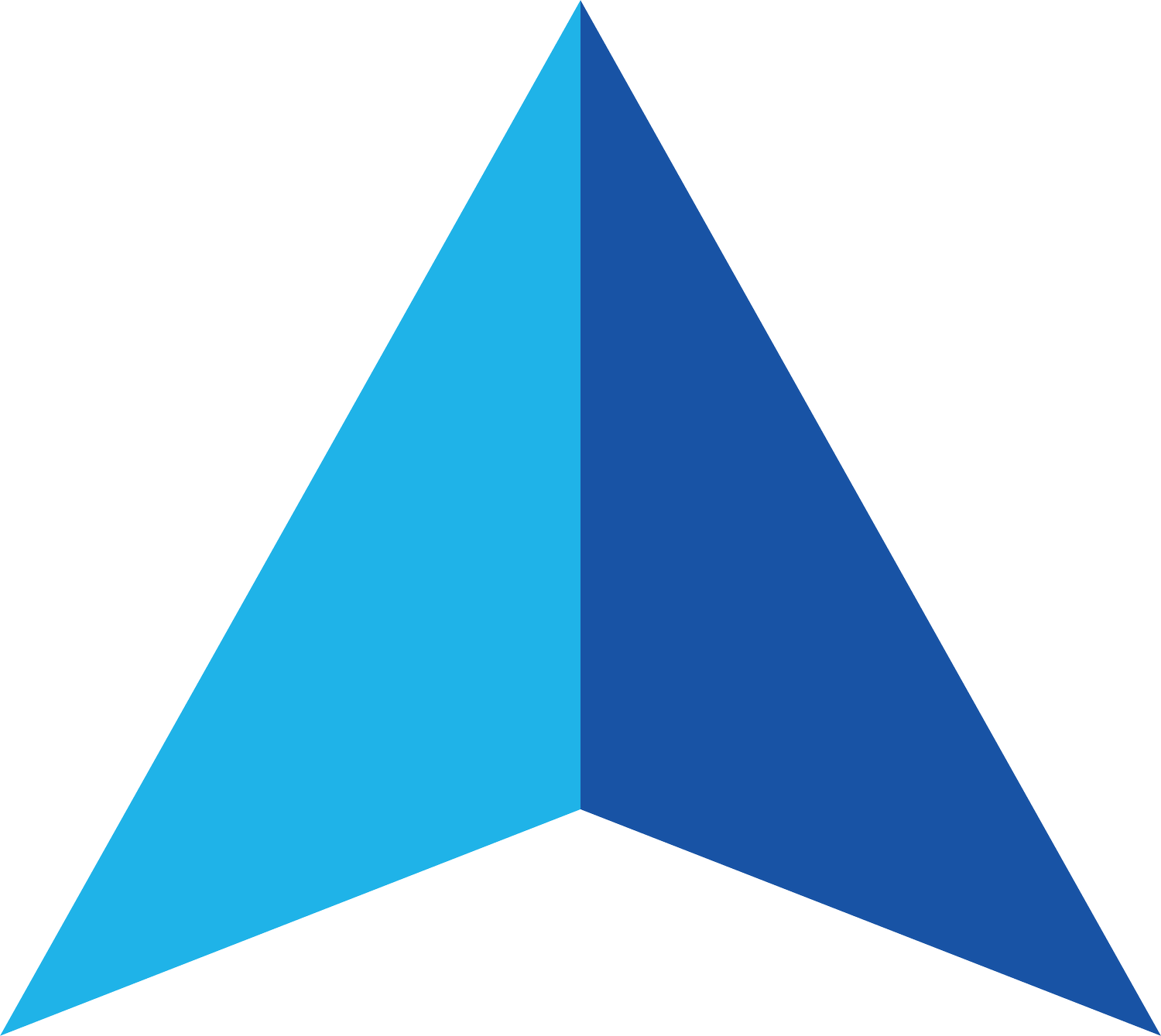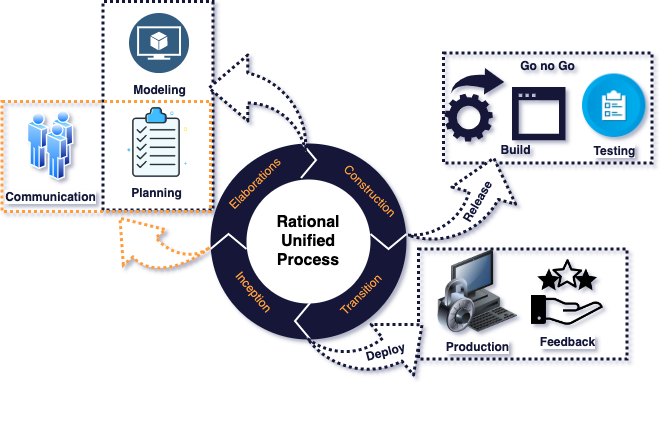Agile
Agile is a set of software development methodologies and practices designed to deliver customer satisfaction with frequent deliveries and continuous feedback improvements. Agile is a culture of self-organizing and cross functional teams collaboration with business and customer representatives to emerge the best requirements, architectures and designs and tunes and adjusts their behavior accordingly to become more effective.
Agile core principles are:
Satisfy the customer through early and continuous delivery of valuable software: Agile emphasizes the importance of satisfying the customer through early and continuous delivery of valuable software. This may involve using agile and lean techniques, such as customer-driven development, and user-centered design and testing, to ensure that the software meets the needs and expectations of customers.
Welcome changing requirements, even late in development: Agile recognizes that software development projects are subject to change and uncertainty, and that it is impossible to predict and control all of the factors that may affect a project. Agile therefore emphasizes the importance of welcoming changing requirements, even late in development, and of being flexible and responsive to changing needs and priorities.
Deliver working software frequently, from a couple of weeks to a couple of months, with a preference to the shorter timescale: Agile emphasizes the importance of delivering working software frequently, in short time frames, such as a couple of weeks or months. This may involve using agile and lean techniques, such as iterative and incremental development, and continuous integration and deployment, to deliver software quickly and continuously.
Collaborate with the customer daily throughout the project: Agile emphasizes the importance of collaboration with the customer throughout the development process, and encourages team members and stakeholders to work together and support each other. This may involve using a variety of collaboration tools and techniques, such as pair programming, collective code ownership, and daily stand-up meetings, to improve communication and collaboration among team members and stakeholders.
Build projects around motivated individuals. Give them the environment and support they need, and trust them to get the job done: Agile recognizes that people are the most important factor in software development, and that the success of a project depends on the abilities, skills, and attitudes of the team members and stakeholders. Agile therefore emphasizes the importance of building projects around motivated individuals, and of providing them with the environment and support they need to be successful.
Agile is often used in conjunction with other frameworks and methods, such as Scrum and Lean. These frameworks provide a set of practices, roles, and rules that teams can use to implement an Agile approach.
Agile methodology pros and cons
Pros:
Agile emphasizes collaboration and communication, which can help to ensure that all stakeholders are on the same page and that the project stays on track.
Agile promotes the use of iterative and incremental development, which allows for frequent feedback and adjustments to the project plan.
Agile encourages the use of automated testing and continuous integration, which can help to identify and fix bugs early on in the development process.
Agile emphasizes the importance of responding to change, which can help to ensure that the software remains relevant and meets the evolving needs of users.
Cons:
Agile can be difficult to manage, as it involves coordinating the efforts of multiple teams and stakeholders.
Agile can be time-consuming, as it emphasizes thorough planning and the continuous refinement of the project plan.
Agile can be challenging to implement in a traditional organizational structure, as it requires a high level of collaboration and flexibility.
Agile can be expensive, as it requires a high level of investment in automated testing and other supporting tools and technologies.
People Also Viewed









